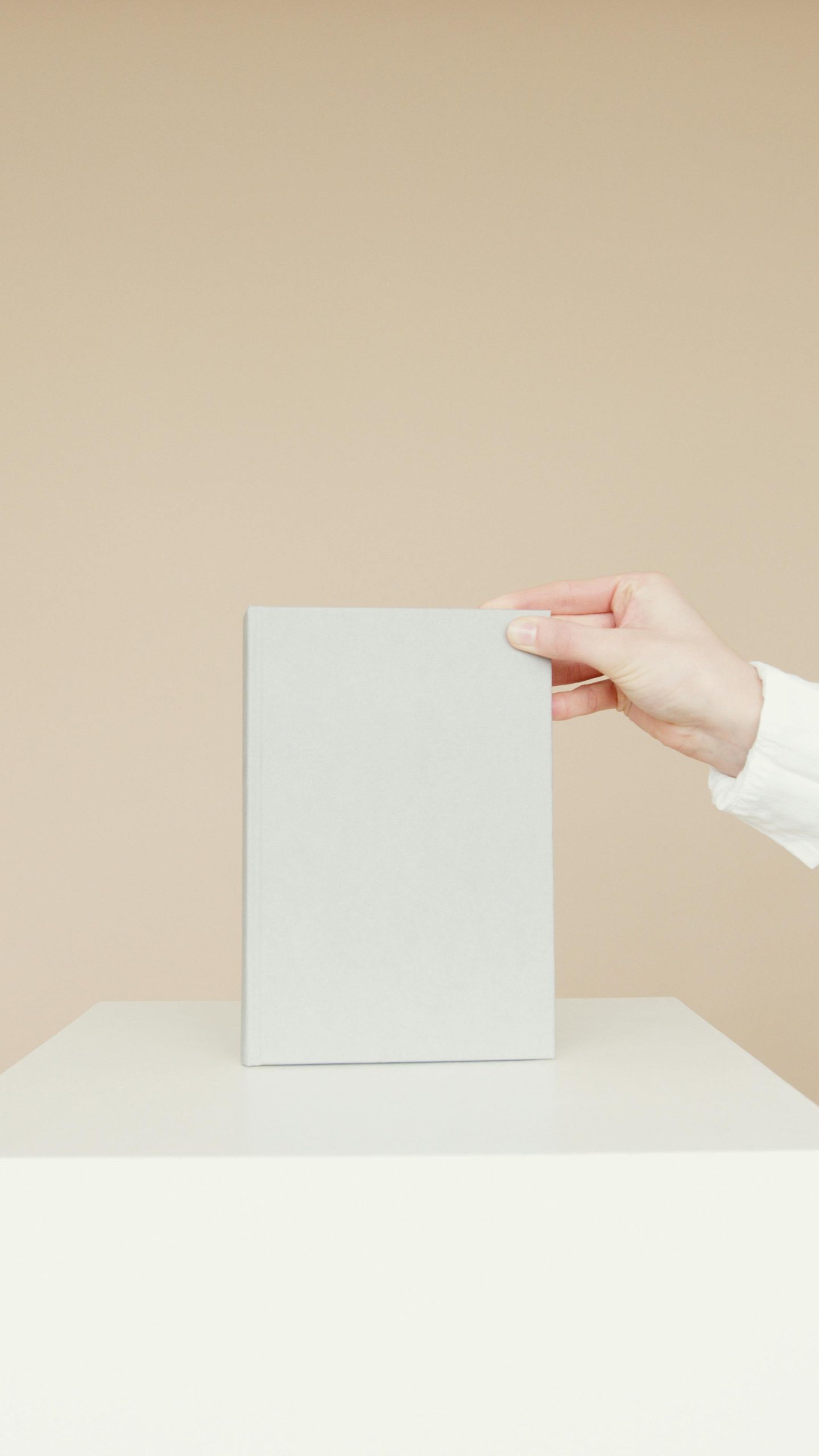Understanding the Risks of Improperly Seated GPUs
When assembling or upgrading a PC, ensuring that components are correctly installed is crucial for optimal performance. One common issue that users may encounter is a graphics processing unit (GPU) that is not fully seated in its PCI slot. This can lead to a series of questions regarding potential damage and the overall impact on system performance.
Recently, I discovered that my GPU wasn’t properly seated in its PCI slot, as highlighted in a picture I captured during a routine PC cleaning session. After using my system in this state for a week, I began to wonder: what kind of damage could this have caused, if any?
The Risks of an Improperly Seated GPU
-
Overheating Issues: When a GPU isn’t securely connected, it may not receive adequate power or proper cooling. This can lead to higher operating temperatures, which, over time, can damage sensitive components.
-
Electrical Issues: A GPU that is not seated correctly may make poor contact with the PCI slot. This can cause intermittent power delivery or erratic behavior, potentially leading to data corruption, system instability, or hardware failure.
-
Physical Damage: If the GPU was subject to physical movement, being improperly seated could strain the connections or the card itself. This pressure may lead to fracture points in the hardware or damage to the motherboard’s PCI slot.
-
Reduced Performance: Even if physical damage doesn’t occur, a poorly seated GPU can lead to subpar performance. You might experience lower frame rates, lag, or even system crashes, which could disrupt your computing experience.
Moving Forward: What Should You Do?
If you discover that your GPU was not completely seated, it’s critical to take action immediately. After reseating the card, monitor your system’s behavior closely. Look for any signs of overheating or instability. Additionally, run benchmark tests to ensure your GPU is functioning as expected.
In the best-case scenario, reseating the unit has rectified any issues. However, if you notice persistent problems, it might be wise to consult with a professional or consider further diagnostics to check for underlying damage.
Conclusion
While a GPU that is not fully seated poses certain risks, many users may be fortunate enough to avoid lasting damage simply by reseating the card. Always remember that careful assembly and regular checks will help maintain the longevity of your computer components. Keeping your system clean and ensuring proper seating of components can prevent many future headaches,
Share this content:



